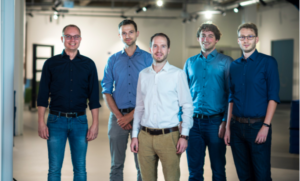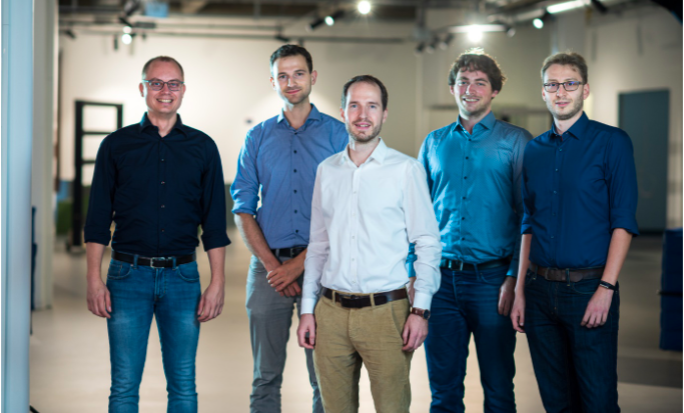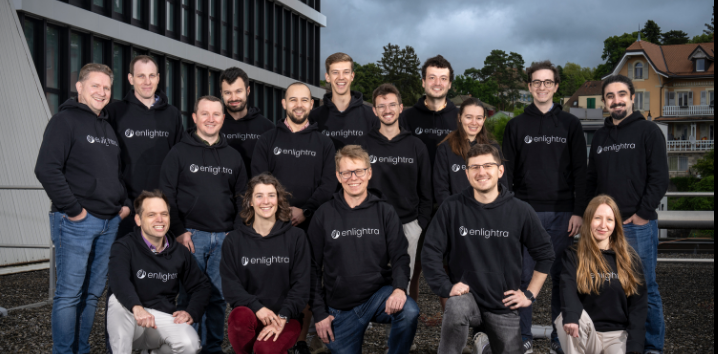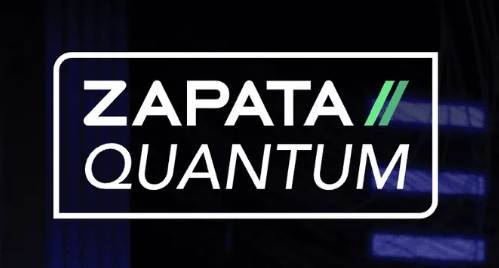
Pixel Photonics, a start–up out of the physics department of WWU Münster founded in 2020, has raised 1.45 million euros in a seed–round from German VC fund High–Tech Gründerfonds (HTGF), French quantum–focused VC fund Quantonation, as well as the photonic industry veteran Dr. Hendrik Sabert.
Pixel Photonics develops highly scalable integrated–optical single–photon detectors that enable scaling of solutions in quantum computing, QKD and imaging among others. The underlying waveguide based SNSPD approach could be used to boost performance of photonic quantum computing, quantum key distribution, microscopy, or other sensing applications, that require highly efficient detection of light at single photon level. During the incorporation, Pixel Photonics was supported by the REACH EUREGIO Start–up Center in Münster as well as an EXIST research transfer grant.
Nicolai Walter, CEO and co-founder Pixel Photonics GmbH said, “The seed–funding provides us with much needed capital to expand our team and to shorten our time–to–market in the rapidly evolving market for single photon detectors. With the financial support and commitment of our investors we can leverage national and international research programs in quantum technologies effectively. We are proud as a team, that such high–profile venture funds as Quantonation and HTGF are sharing our vision.”
Quantonation and HTGF have co–led the seed round together with serial founder, former
venture capital manager and photonics industry veteran Dr. Hendrik Sabert. With this funding Pixel Photonics will further expand its international team in Germany and its facilities at the Center for Nanotechnology (CeNTech) in Münster and accelerate the commercialization of its products. In addition, Pixel Photonics will benefit from Quantonation’s outstanding international network within the quantum technology community as well as from access to HTGF’s extensive industrial technologies portfolio.
Christophe Jurczak, partner at Quantonation, said “Pixel Photonic’s unique technological approach to single photon detection combines scalability with high detection efficiency at very high speed. This makes new applications feasible and helps to scale the number of channels in quantum computing or data rates in quantum cryptography without increasing technical complexity. The team of physicists turned entrepreneurs, which emerged from the groups of Prof. Pernice an Prof. Schuck, persuaded us by its vision and expertise.”

The idea behind Pixel’s detector design was born years ago out of research of Prof. Wolfram
Pernice and Prof. Carsten Schuck. Researchers were looking for single photon detectors with multiple channels in combination with additional functionality provided by integrated optics.
This resulted in the first sale of a detector with four channels for research purposes early this year.
Systems with 32 or more channels will be introduced in the near future.
If you found this article to be informative, you can explore more current quantum news here, exclusives, interviews, and podcasts.

















